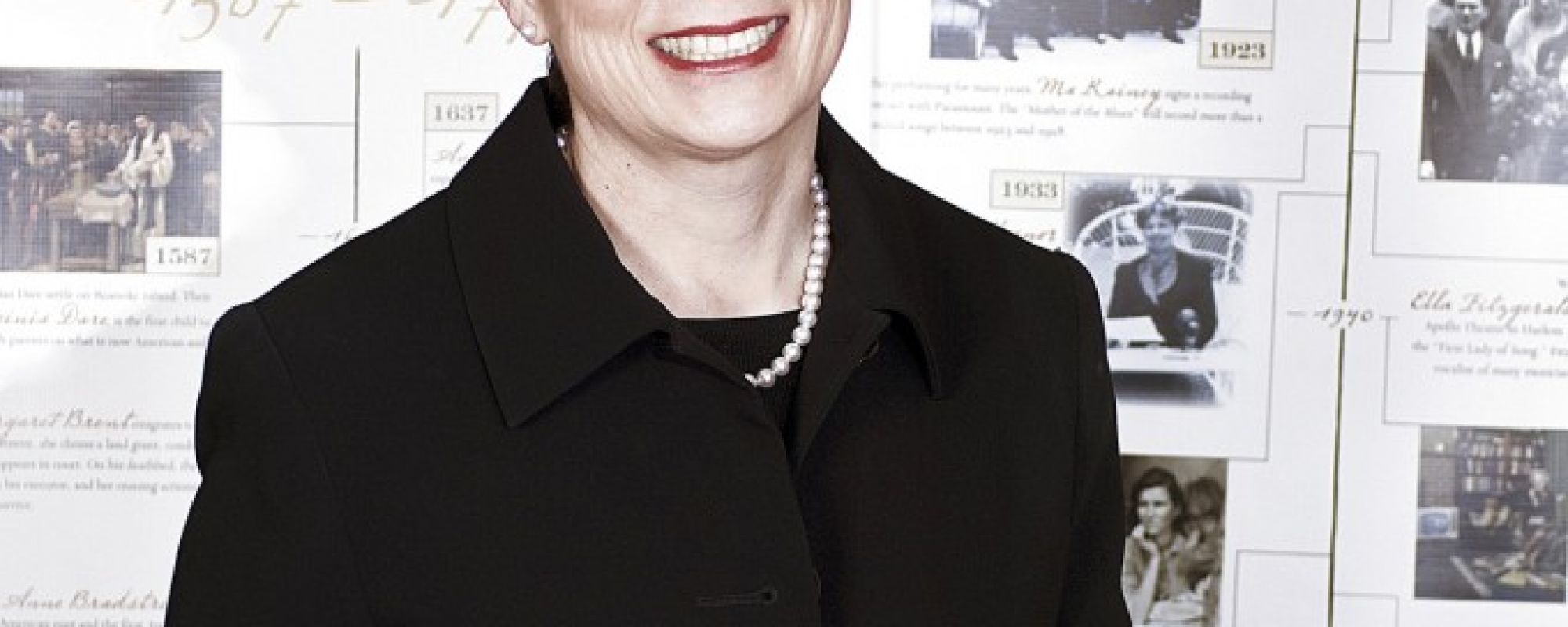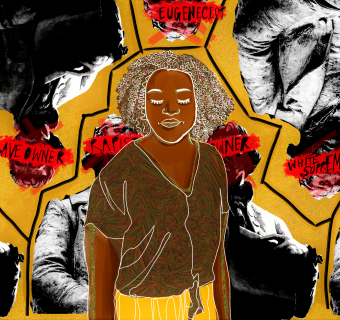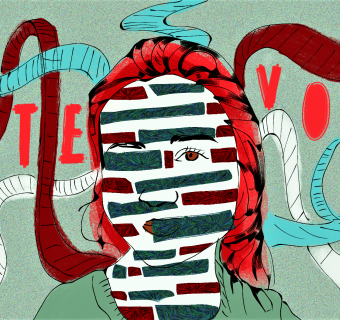U.Va. has taken steps in the right direction.
U.Va. engineering professor Joanne McGrath Cohoon, along with her husband, associate professor in computer science James Cohoon, have recently received funding for workshops and programs, such as Tapestry and U.Va. CHARGE, from the distinguished National Science Foundation (NSF) ADVANCE Institutional Transformation grant.
Tapestry works with high school computer science teachers in helping them engage more female students. While U.Va. CHARGE helps ensure full participation of STEM and SBE women faculty at all levels of the University of Virginia. Without initiatives like these created by other women in STEM and SBE career fields many students and faculty members would not be given the opportunity to fulfill their greatest potential.
U.Va. aluma, Jill S. Tietjen, who served as inspiration for this article, is one woman who has chosen to work in the field of STEM before these initiatives took place.
In her own blog post she acknowledged the women she has benefited from, and on whose shoulders she (and others) stand appreciatively. (Read full blog post here.)
World-renowned Jill S. Tietjen is an author, speaker, and professional (electrical) engineer. She was one of the first ten women to graduate from SEAS, with a B.S. in applied mathematics and a minor in electrical engineering and later received her MBA from the University of North Carolina-Charlotte.
Her books include the Setting the Record Straight series, which explores the history of women’s accomplishments in accounting, engineering, and professional achievement, and an introduction to engineering textbook, Keys to Engineering Success. She is one of the top historians in the country on scientific and technical women, as well as the CEO of “Technically Speaking,” a national consulting company specializing in improving opportunities for women and girls to have more career options in technology.
Recently she co-authored a book with Charlotte S. Waisman, Ph.D, entitled Her Story: A Timeline of the Women Who Changed America. In this book she pays homage to pilots, singers, abolitionists, entrepreneurs, governors, Nobel Laureates, fashion designers, athletes, and other inspirational women.
Women like Jill who have persevered and succeeded in the STEM fields have become role models for all especially when considering these statistics:
According to a National Student Clearinghouse nationwide report, in 2013 women earned 19 percent of engineering degrees and 26 percent of mathematics and computer science degrees.
Even at U.Va., where the best and the brightest attend, the underrepresentation of women in STEM is still an issue. According to the SEAS website, only 31 percent of its undergraduates are women.
In an interview via email with Tietjen, she said, “I entered U.Va. in the third class that admitted women as undergraduates. I knew there weren’t many women in engineering at U.Va.; I had no idea there weren’t women in engineering in general.”
However, the people who she did know in engineering were great role models. One of them being her father, “the engineer that I knew best”. As well as her father’s colleagues, who all had one thing in common: “All of these men loved their work.”
It was something about the way they loved what they did that intrigued her. Tietjen admitted that she started her undergraduate career in the College as a mathematics major. However, in the beginning of her second year she spoke with the Dean of SEAS and transferred in.
“No one, not even my father, encouraged me to study engineering. When I looked at the classes and the materials that students who were taking engineering were studying, that was what I wanted to do. My father was quite supportive; my mother not so much. It was the right decision for me.”
Tietjen believes and understands that “there are very deep societal beliefs and mores that keep women from the STEM fields.”
In working through the Society of Women Engineers, the National Center for Women in Information Technology, the Institute of Electrical and Electronics Engineers, the American Society of Civil Engineers, and her company “Technically Speaking” for more than 35 years, her hope is to “find a way through and/or around those beliefs and mores soon!”







